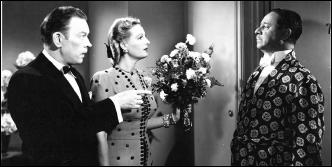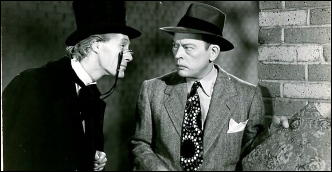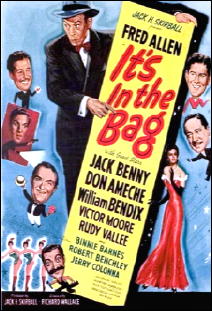Wed 9 Mar 2016
A Movie Review by David Vineyard: THE VILLAIN (1979).
Posted by Steve under Films: Comedy/Musicals , Reviews , Western movies[8] Comments
THE VILLAIN. Columbia Pictures, 1979. Kirk Douglas, Ann-Margaret, Arnold Schwarzenegger, Ruth Buzzi, Jack Elam, Mel Tillis, Paul Lynde, Strother Martin, Foster Brooks. Directed by Hal Needham.
The most amazing thing about this laughless painful attempt at a live action Road Runner cartoon is just how plodding and unimaginative it is. Kirk Douglas is oily Cactus Jack Slade, an inept outlaw whose horse, Whiskey, has all the brains, and the best lines. He is hired by crooked banker Jack Elam (his comedic talents wasted) to steal the money he has loaned to miner Strother Martin from Martin’s daughter Charming Jones (Ann-Margaret) so he can foreclose and take control of the mine. Arnold is Handsome Stranger, the inept and brainless hero Martin persuades to accompany his daughter.
That is pretty much it. Kirk plays Wily E. Coyote to Arnold’s clueless Road Runner in an endless series of gags as Cactus Jack finds more and more imaginative ways to fail in his attempts to steal the money and assault Charming’s virtues, which are on display for everyone to admire, while Handsome and Charming go their wearying way never noticing.
This could have been fun. It is not. Every gag is set up by long tracking shots, and drawn out to the point every non laugh is telegraphed. No, telegraphed, telephoned, emailed, snail mailed… this film has all the pace of a high school documentary on how a bill passes through Congress. Even the stunts are done in endless slo mo and dragged to their death by Needham’s static camera, and apparent belief that the audience needs them spelled out as if they were pre schoolers.
Look, look, see he’s grabbing that branch, he’s leaning out over the canyon, the branch is going to break off, see, see…
The one-liners, delivered by a top notch cast, are also done as if the actors were waiting for the laugh track to kick in. This film has more pregnant pauses than a maternity ward full of premature labor patients. Paul Lynde has a few decent lines but his weird accent as Native American chief Nervous Elk and the dead slow delivery every actor gives their lines kills them. Every line is delivered with that strange other worldly slowness we recall from friends in college so stoned they were experiencing out of body phenomena. It’s as if the sound track was out of sync with the film, or maybe had been put with the wrong film entirely.
I will be honest, I downloaded this for free off YouTube, and it wasn’t worth the cost. I am grateful I paid nothing to see this dog’s long painful death.
I will single out the horse playing Whiskey, Douglas’s steed. The horse is a fine comedic talent with impeccable timing and an easy grace on screen. Sadly he is defeated by the incredibly inept direction, acting, stunts, papier mache boulders (you can actually see the seams), laughless screenplay, and over all gormless stupidity of the proceedings. When Ann-Margaret’s considerable charms are on such obvious display and I still can’t keep my eyes on the screen, the film is indeed hopeless. This one is worse than that.
The villain here is the studio for not burning all the copies of this deadly dull thud ear film. It’s escape into theaters surely qualifies as some sort of war crime.


